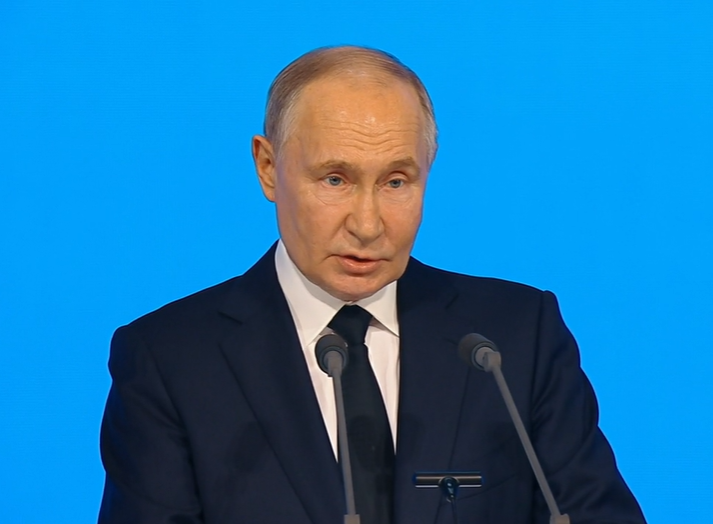The mainline’s capacity has tripled over the past 12 years

The carrying capacity of the Baikal-Amur Mainline (BAM) will be almost 42 million metric tons in 2024. The volume has tripled over the past 12 years and freight traffic continue to grow. Russian President Vladimir Putin announced this during a gala event dedicated to the 50th anniversary of the start of construction of the BAM. The transcript of his speech was published on the Kremlin website.
Vladimir Putin says the BAM opened up the Asia-Pacific region’s markets to the Russian economy, provided a reliable transit route for all of Eurasia, and, in conjunction with the Trans-Siberian Railroad (Transsib), became “a strategic transport corridor of not only national but also global significance"
Vladimir Putin recalled the launch of the third stage of development of the BAM and Trans-Siberian railways this year, increasing the capacity of the Eastern railway operating domain (Vostochny polygon), noting that the government has issued the necessary regulatory documents.
“I would like to emphasize that it is necessary not only to “broaden” bottle-neck areas. The task is now much larger, namely: continuous second tracks will have to be laid along the BAM entire length, in fact, more than three hundred infrastructure facilities will have to be put into operation, including backups of the Severomuysky, Kuznetsovsky and Kodarsky tunnels, as well as a bridge across the Amur,” Vladimir Putin said, adding that the further development of the BAM will serve to increase the export and transit capabilities of Russia as the most important link in the Eurasian transport system.
IAA PortNews has reported earlier that thanks to the Eastern operating domain modernization, the capacity of railway lines in 2024 will increase by 1.5 times to 180 million tonnes per year. As part of the modernization project second phase, Russian Railways (RZD) plans to commission 114 infrastructure facilities by the end of 2024. RZD has announced the need to build 316 facilities within the third phase. The commissioning of new artificial structures in conjunction with other infrastructure development measures, including the construction of continuous second tracks, stations and sidings, will increase the carrying capacity of the BAM and Trans-Siberian railways to 270 million tonnes by the end of 2032.



